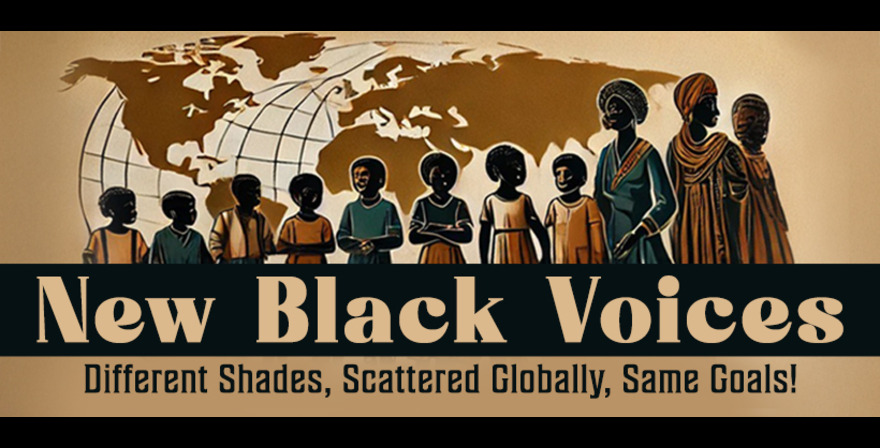By Amber Dance | Center for Health Journalism Contributor
Deaths linked to suicide, drug overdoses and alcohol-related diseases — so called “deaths of despair” — have gotten lots of attention in white populations in recent years, even as rates among Black people almost tripled between 2015 and 2022, as Jennifer Porter Gore writes at Word in Black.
Princeton University economists Angus Deaton, a Nobel laureate, and Anne Case first sounded the alarm on deaths of despair nearly a decade ago, and at the time, the phenomena was thought to center on white individuals with no college education and reduced socioeconomic circumstances, Gore reports.
But a new analysis in JAMA Psychiatry, led by UCLA researchers, counters the racial elements of the narrative.
“The gap has closed, and it’s moving in the other direction,” author Joseph Friedman told Word in Black. “While the opioid crisis did raise drug overdose deaths among white Americans for a time, it was an anomaly.”
Friedman and Helen Hansen report that Black deaths of despair rose sharply starting in 2015, spurred by illegal drug use and alcohol-related deaths. The death rate for Black Americans surpassed whites’ rate when it hit nearly 104 per 100,000 people, compared to less than 103 per 100,000 for whites.
The same researchers reported in 2023 that Native American communities had the highest rates of deaths of despair.
“It’s important that these inequalities are shown and discussed, rather than hidden, so that we can mobilize resources to work to improve them,” Friedman said in a 2023 UCLA press release.
Friedman and Hansen found that the original 2015 work on deaths of despair didn’t fully incorporate racial inequities in access to education and health care, income and incarceration — all of which can exacerbate mental health and drug use. Thus, Gore writes, “the Princeton study distorted conclusions about who was most at risk of death of despair.”

